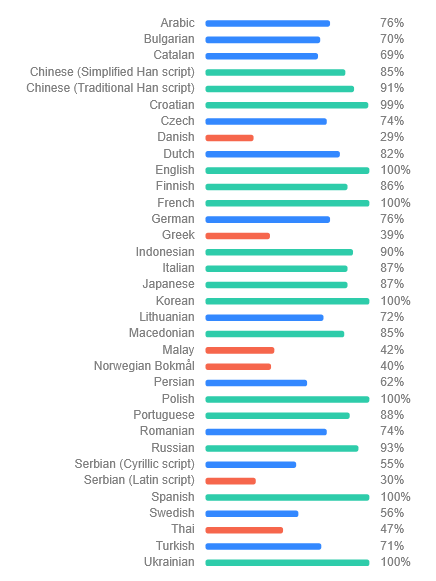Yes please!
Even if I have a long list of areas I want to improve personally, I'm always very curious about the community's priorities and workflows. Especially the little things that can have a big impact in terms of usability.
One area where I badly need help is communication. I'm not on social media I want to focus my time on coding. When I wrap up a release I find it incredibly hard to switch into communication mode and make nice video demonstrations of the features. On top of the written documentation which is itself an endeavor.
I'm currently in the final lengths of version 2025.1. It has many new features and improvements all over the place.
One area that is bothering me personally and has been neglected for many years, all the while being the very first thing people see when they open the program, the file browser. It's currently pretty unusable and completely fails at its mission of quickly navigating the video collection. So in 2026 I want to spend a few weeks upgrading it, make it less stupid.

